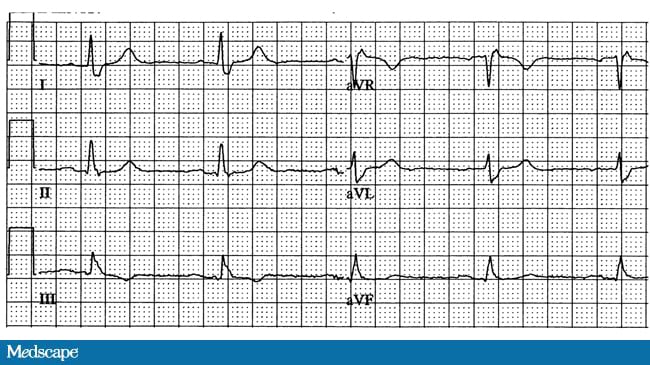
The most common cause of this is just being a normal variant, in other words, there is nothing wrong with the heart.

In general, “ conduction delay ” refers to a slight widening of the QRS complex, especially in the right precordial leads (leads V1, V2, and V3) it is sometimes also called incomplete right bundle branch block. doi: 10.1016/j.jacc.2005.01.071.Families and physicians often wonder what the terms“intraventricular conduction delay” (IVCD) or “incomplete right bundle branch block” (IRBBB) or “rsR’” on an electrocardiogram mean and what to do with the information.Įlectrocardiograms (abbreviated as “ECG” or “EKG”) are routinely done and best suited to the evaluation of heart rhythm, but we can sometimes infer potential heart disease or issues such as chamber enlargement or heart malformations from looking at the electrocardiogram, but the problem with this is that there are many false positives (that is, the EKG is abnormal but the patient’s heart is actually normal). Significance of QRS complex duration in patients with heart failure. Clinical implications of QRS duration in patients hospitalized with worsening heart failure and reduced left ventricular ejection fraction. Wang N.C., Maggioni A.P., Konstam M.A., Zannad F., Krasa H.B., Burnett J.C.J. Prevalence, temporal evolution, and impact on survival of ventricular conduction blocks in patients with acute coronary syndrome and cardiogenic shock. Tolppanen H., Javanainen T., Sans-Rosello J., Parenica J., Nieminen T., Pavlusova M. QRS prolongation in patients with acute coronary syndromes. Global Utilization of Streptokinase and t-PA for Occluded Coronary Arteries. Acute myocardial infarction and complete bundle branch block at hospital admission: clinical characteristics and outcome in the thrombolytic era. Sgarbossa E.B., Pinski S.L., Topol E.J., Califf R.M., Barbagelata A., Goodman S.G.
IVCD INTRAVENTRICULAR CONDUCTION DELAY FREE
Their presence should alert clinician even in subjects free from any known heart disease.īundle branch block ECG Heart failure Intraventricular conduction delay Population study Structural heart disease. Furthermore, LBBB was associated with novel SHD. LBBB and non-specific IVCD were associated with more than three-fold risk of new-onset HF.

Right bundle branch block and other IVCDs displayed no relation to endpoints. Excluding subjects with history of heart disease, including coronary heart disease, did not have impact on results. In corresponding analysis, LBBB predicted SHD with HR 2.60 (1.21-5.62, P = 0.015).

After controlling for known clinical risk factors the hazard ratio (HR) for new-onset HF for LBBB was 3.29 (95% confidence interval 1.93-5.63, P < 0.001) and 3.53 for non-specific IVCD (1.65-7.55, P = 0.001). Relation of eight IVCDs and the incidence of first-time HF or SHD was studied in a nationally representative random sample of 6080 Finnish subjects aged ≥ 30 years (mean age 52.1, SD 14.5 years) who participated in the health examination including 12-lead ECG.ĭuring 16.5 years' follow up, half of the subjects with left bundle branch block (LBBB) and one third of the subjects with non-specific IVCD developed HF. Intraventricular conduction delays (IVCDs) are hallmarks of heart failure (HF) and structural heart disease (SHD) but their prognostic value for HF and SHD is unclear.


 0 kommentar(er)
0 kommentar(er)
